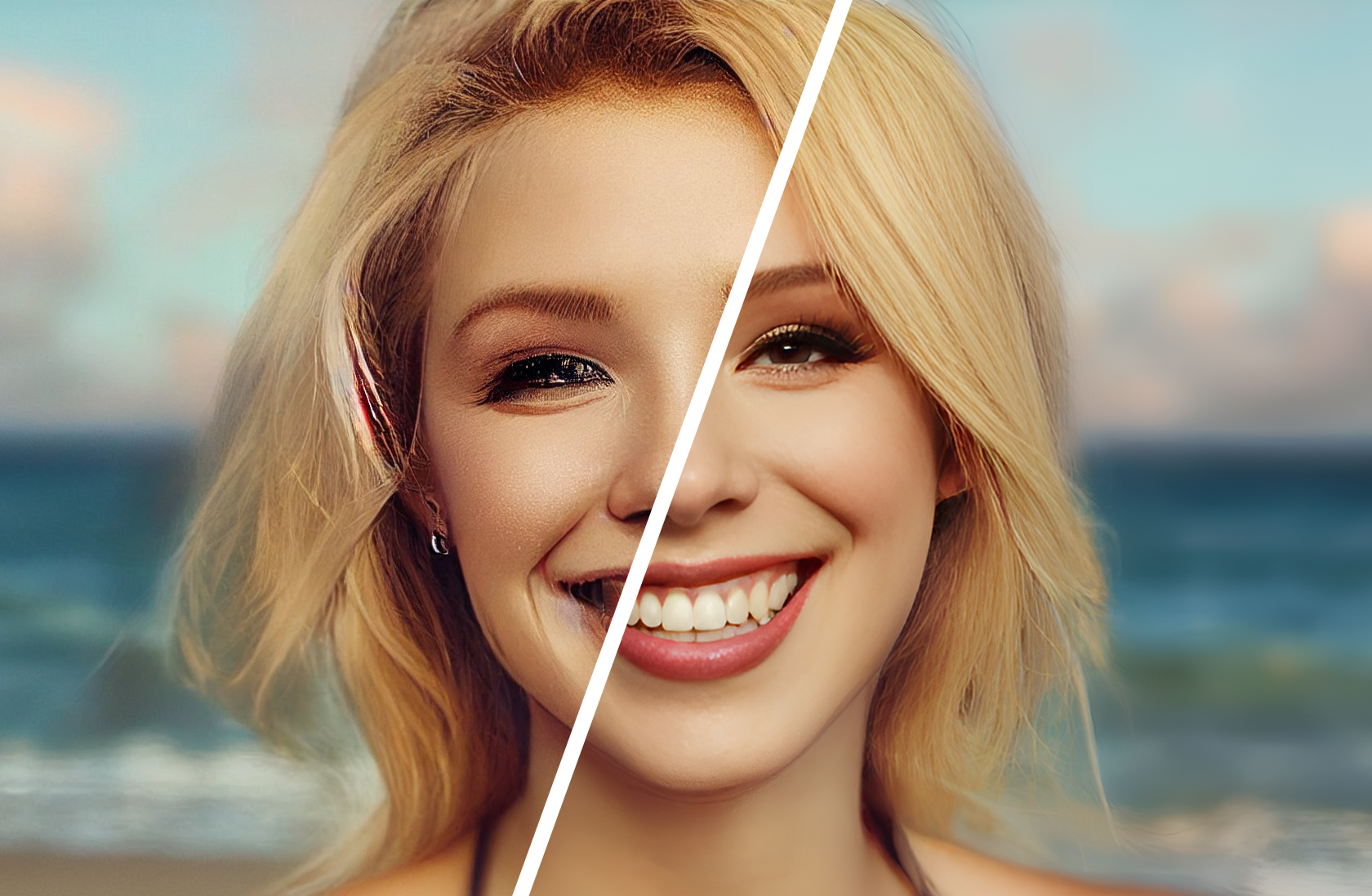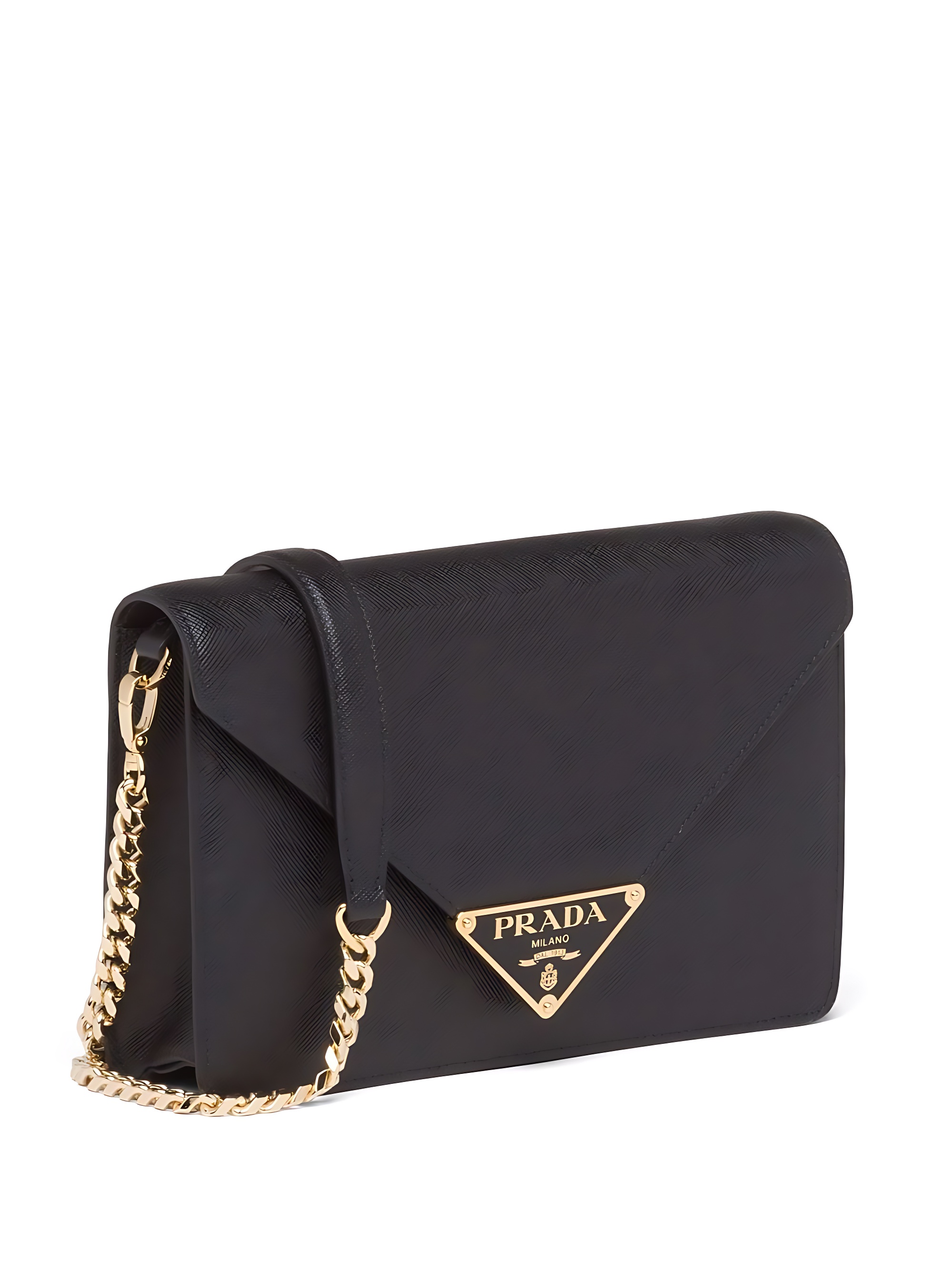codeformer
Maintainer: sczhou

32.6K

| Property | Value |
|---|---|
| Model Link | View on Replicate |
| API Spec | View on Replicate |
| Github Link | View on Github |
| Paper Link | View on Arxiv |
Model overview
The codeformer is a robust face restoration algorithm developed by researchers at the Nanyang Technological University's S-Lab, focused on enhancing old photos or AI-generated faces. It builds upon previous work like GFPGAN and Real-ESRGAN, adding new capabilities for improved fidelity and quality. Unlike GFPGAN which aims for "practical" restoration, codeformer takes a more comprehensive approach to handle a wider range of challenging cases.
Model inputs and outputs
The codeformer model accepts an input image and allows users to control various parameters to balance the quality and fidelity of the restored face. The main input is the image to be enhanced, and the model outputs the restored high-quality image.
Inputs
- Image: The input image to be restored, which can be an old photo or an AI-generated face.
- Fidelity: A parameter that controls the balance between quality (lower values) and fidelity (higher values) of the restored face.
- Face Upsample: A boolean flag to further upsample the restored face with Real-ESRGAN for high-resolution AI-created images.
- Background Enhance: A boolean flag to enhance the background image along with the face restoration.
Outputs
- Restored Image: The output image with the face restored and enhanced.
Capabilities
The codeformer model is capable of robustly restoring faces in challenging scenarios, such as low-quality, old, or AI-generated images. It can handle a wide range of degradations, including blurriness, noise, and artifacts, producing high-quality results. The model also supports face inpainting and colorization for cropped and aligned face images.
What can I use it for?
The codeformer model can be used for a variety of applications, such as restoring old family photos, enhancing profile pictures, or fixing defects in AI-generated avatars and artwork. It can be particularly useful for individuals or businesses working with historical archives, digital art, or social media applications. The model's ability to balance quality and fidelity makes it suitable for both creative and practical uses.
Things to try
One interesting aspect of the codeformer model is its ability to handle a wide range of face degradations, from low-quality scans to AI-generated artifacts. You can try experimenting with different types of input images, adjusting the fidelity parameter to see the impact on the restored results. Additionally, the face inpainting and colorization capabilities can be explored on cropped and aligned face images, opening up creative possibilities for photo editing and restoration.
Get summaries of the top AI models delivered straight to your inbox:
Related Models

gfpgan

72.6K
gfpgan is a practical face restoration algorithm developed by the Tencent ARC team. It leverages the rich and diverse priors encapsulated in a pre-trained face GAN (such as StyleGAN2) to perform blind face restoration on old photos or AI-generated faces. This approach contrasts with similar models like Real-ESRGAN, which focuses on general image restoration, or PyTorch-AnimeGAN, which specializes in anime-style photo animation. Model inputs and outputs gfpgan takes an input image and rescales it by a specified factor, typically 2x. The model can handle a variety of face images, from low-quality old photos to high-quality AI-generated faces. Inputs Img**: The input image to be restored Scale**: The factor by which to rescale the output image (default is 2) Version**: The gfpgan model version to use (v1.3 for better quality, v1.4 for more details and better identity) Outputs Output**: The restored face image Capabilities gfpgan can effectively restore a wide range of face images, from old, low-quality photos to high-quality AI-generated faces. It is able to recover fine details, fix blemishes, and enhance the overall appearance of the face while preserving the original identity. What can I use it for? You can use gfpgan to restore old family photos, enhance AI-generated portraits, or breathe new life into low-quality images of faces. The model's capabilities make it a valuable tool for photographers, digital artists, and anyone looking to improve the quality of their facial images. Additionally, the maintainer tencentarc offers an online demo on Replicate, allowing you to try the model without setting up the local environment. Things to try Experiment with different input images, varying the scale and version parameters, to see how gfpgan can transform low-quality or damaged face images into high-quality, detailed portraits. You can also try combining gfpgan with other models like Real-ESRGAN to enhance the background and non-facial regions of the image.
Updated Invalid Date

codeformer

272.099
CodeFormer is a robust face restoration algorithm developed by researchers at Nanyang Technological University. It is designed to enhance old photos or fix issues in AI-generated faces, such as blurriness, compression artifacts, and distortions. CodeFormer uses a novel Codebook Lookup Transformer architecture to achieve high-quality face restoration, outperforming previous methods like GFPGAN. It can handle a wide range of face degradation types and produces natural-looking results. Model inputs and outputs CodeFormer takes in an image as input and outputs a restored, high-quality version of the face. The model supports several optional features: Inputs Image**: The input image containing the face to be restored. Upscale**: The final upsampling scale of the image, with a default of 2. Face Upsample**: A boolean flag to further upsample the restored faces for high-resolution AI-created images. Background Enhance**: A boolean flag to enhance the background image using Real-ESRGAN. Codeformer Fidelity**: A number between 0 and 1 that balances the quality (lower number) and fidelity (higher number) of the output. Outputs Output**: The restored, high-quality image with the face enhanced. Capabilities CodeFormer is capable of robustly restoring a wide range of face degradation types, including blurriness, compression artifacts, and distortions. It can handle both old photos and AI-generated faces, producing natural-looking results that preserve the subject's identity. The model's performance surpasses previous methods like GFPGAN. What can I use it for? CodeFormer can be a valuable tool for a variety of applications, such as: Enhancing old family photos or other historical images Improving the quality of AI-generated portraits or avatars Restoring low-quality images or videos with faces Developing applications that require high-quality face restoration, such as photo editing tools or social media platforms Things to try One interesting aspect of CodeFormer is its ability to balance the quality and fidelity of the output through the Codeformer Fidelity parameter. By adjusting this value, you can experiment with different levels of restoration, from preserving the original appearance to achieving a more polished, high-quality result. This allows users to customize the output to their specific needs or preferences.
Updated Invalid Date

gfpgan

5.2K
gfpgan is a practical face restoration algorithm developed by Tencent ARC, aimed at restoring old photos or AI-generated faces. It leverages rich and diverse priors encapsulated in a pretrained face GAN (such as StyleGAN2) for blind face restoration. This approach is contrasted with similar models like Codeformer which also focus on robust face restoration, and upscaler which aims for general image restoration, while ESRGAN specializes in image super-resolution and GPEN focuses on blind face restoration in the wild. Model inputs and outputs gfpgan takes in an image as input and outputs a restored version of that image, with the faces improved in quality and detail. The model supports upscaling the image by a specified factor. Inputs img**: The input image to be restored Outputs Output**: The restored image with improved face quality and detail Capabilities gfpgan can effectively restore old or low-quality photos, as well as faces in AI-generated images. It leverages a pretrained face GAN to inject realistic facial features and details, resulting in natural-looking face restoration. The model can handle a variety of face poses, occlusions, and image degradations. What can I use it for? gfpgan can be used for a range of applications involving face restoration, such as improving old family photos, enhancing AI-generated avatars or characters, and restoring low-quality images from social media. The model's ability to preserve identity and produce natural-looking results makes it suitable for both personal and commercial use cases. Things to try Experiment with different input image qualities and upscaling factors to see how gfpgan handles a variety of restoration scenarios. You can also try combining gfpgan with other models like Real-ESRGAN to enhance the non-face regions of the image for a more comprehensive restoration.
Updated Invalid Date

upscaler

15.485
The upscaler model aims to develop practical algorithms for real-world face restoration. It is similar to other face restoration models like GFPGAN and facerestoration, which focus on restoring old photos or AI-generated faces. The upscaler model can also be compared to Real-ESRGAN, which offers high-quality image upscaling and enhancement. Model inputs and outputs The upscaler model takes an image as input and can scale it up by a factor of up to 10. It also has an option to enable face enhancement. The output is a scaled and enhanced image. Inputs Image**: The input image to be upscaled and enhanced Scale**: The factor to scale the image by, up to 10 Face Enhance**: A boolean to enable face enhancement Outputs Output**: The scaled and enhanced image Capabilities The upscaler model can effectively scale and enhance images, particularly those with faces. It can improve the quality of low-resolution or blurry images, making them clearer and more detailed. What can I use it for? The upscaler model can be useful for a variety of applications, such as enhancing old photos, improving the quality of AI-generated images, or upscaling low-resolution images for use in presentations or marketing materials. It could also be integrated into photo editing workflows or used to create high-quality images for social media or digital content. Things to try Try experimenting with different scale factors and face enhancement settings to see how they impact the output. You could also try using the upscaler model in combination with other image processing tools or AI models, such as those for image segmentation or object detection, to create more advanced image processing pipelines.
Updated Invalid Date